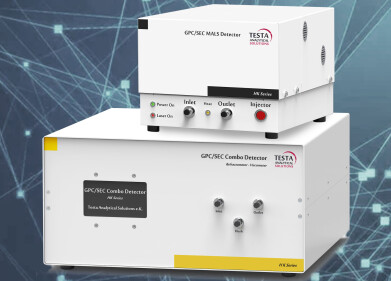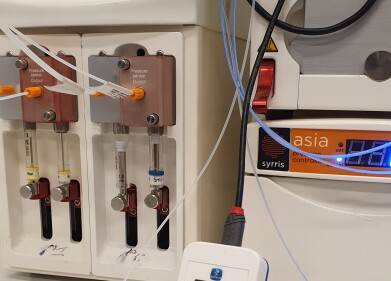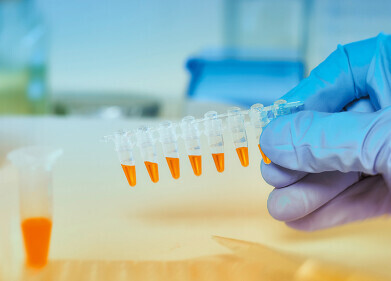Liquid Chromatography
How Can Chromatography Help with Acne?
Mar 03 2020
Acne is a common skin condition that can affect most people at some point in their lives. It is commonly seen in teenagers but can in fact occur at any age. For most people acne disappears in their 20s. But sometimes something stronger is needed to help with the problem. This can range from antibiotics for some severe cases to special skin treatments with ingredients like benzoyl peroxide or tretinoin. A paper published in the journal Heliyon reports on a new method using chromatography to analyse how tretinoin is absorbed in skin. This could improve the way the compound is used in treating acne - and chromatography leads the way.
More than a spot spoiling a night out
Acne is caused when hair follicles in the skin become blocked. Sebaceous glands close to the surface of the skin and attached to the hair follicles lubricate the hair and the skin to stop it from drying out. The glands do this by producing sebum, an oily substance that is a mixture of fatty acids, sugars and waxes.
Unfortunately, sometimes the glands produce too much sebum and this can mix with dead skin cells and block the hair follicles. Then you can get acne. If the bunged-up follicle is close to the surface of the skin then a whitehead can form as the skin bulges outwards. Alternatively, the follicle can be on the surface of the skin and a blackhead can form. Harmful bacteria living on the skin can contaminate and infect the blocked follicles. This can lead to papules, pustules and cysts - or spots to teenagers.
Vitamin A in a cream
For most cases, patience and good hygiene are all that is needed. Hormones settle down and acne goes away. But sometimes medical intervention is needed. This can take several forms, but one method involves the use of creams containing retinoids, of which tretinoin is commonly used in treating acne.
Tretinoin is a vitamin A derivative that works by increasing the cell and skin turnover and boosting collagen, one of the main components of skin. This means that dead skin cells are cleared from your skin quickly and new skin cells can form on the skin surface. This helps to open your pores and release the trapped bacteria helping to reduce acne.
Analysing the spot cream
But there seems to be no method to assay tretinoin in skin layers - so how can we improve acne treatments? The team behind the paper referenced above have developed a simple to use liquid chromatography method to assay tretinoin in porcine skin layers. The use of chromatography to analyse samples of animal origin is discussed in the article, Determination of Chloramphenicol by QuEChERS and HPLC-MS/MS combination in matrices of animal origin.
The method that the team developed is described as simple, reliable and accurate. It was able to analyse tretinoin in different skin layers and differentiate the different skin penetrations depending on the formulation of the sample.
Digital Edition
Chromatography Today - Buyers' Guide 2022
October 2023
In This Edition Modern & Practical Applications - Accelerating ADC Development with Mass Spectrometry - Implementing High-Resolution Ion Mobility into Peptide Mapping Workflows Chromatogr...
View all digital editions
Events
Apr 23 2024 Kintex, South Korea
Apr 23 2024 Seoul, South Korea
Apr 28 2024 Montreal, Quebec, Canada
May 05 2024 Seville, Spain
May 15 2024 Birmingham, UK













